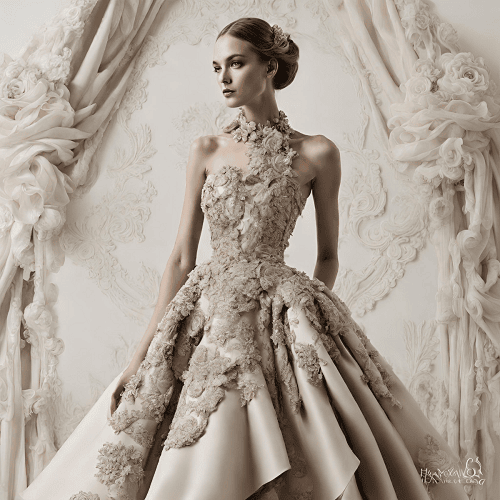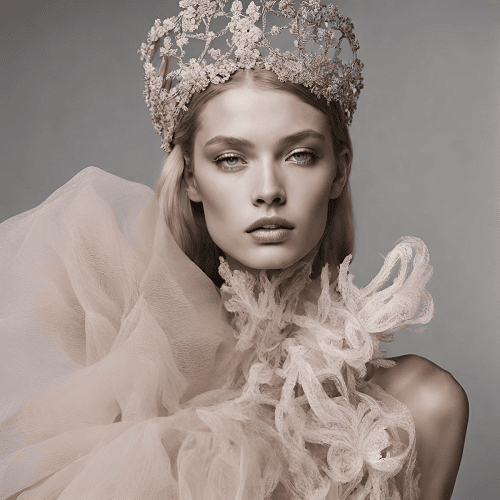For most of the world, haute couture is mysterious clothing seen on celebrities, royalty, and the very wealthy. Because of the secrecy surrounding this exclusive garment production, few people know why these clothes are so expensive.

What is Haute Couture?
Haute couture is an exclusive garment design based on contemporary inspirations by a garment designer whose specialty is creating spectacular garments made from the world’s finest textiles, which are woven exclusively for privileged clients.
What truly defines a couture garment the most is its carefully developed proportions, which redefine the physical shape. The garments are typically sewn with highly skilled hand-sewing techniques that fit the client’s body to perfection. It is not uncommon for a haute couture gown to take upwards of 800 hours to produce.
It has been reported that some women spend between $100,000 to $350,000 annually on haute couture. Despite this extravagant spending, most fashion houses don’t make a profit off their haute couture today but use it as a platform to market other products like perfume and sunglasses for the everyday consumer.
In the Beginning
In the 1850s, about the time the first sewing machines were invented, haute couture made its debut. An Englishman named Charles Worth began a small business in Paris creating exclusive gowns for women. His wife would model the gowns as he flaunted her around the fashion hot spots in Paris. His clothing caught the eye of many elite socialites. One of them being Empress Eugenie, wife of Napoleon III. She became Mr. Worth’s royal patron, providing the necessary income that would send him into the front of Paris fashion. This marketing ploy showcased a collection of the newest textile styles and helped sell the extraordinary sewing and design skills that France produced. Worth created the concept known as “haute couture.”

The term haute couture loosely translates as “high-class cutting.” It’s the term for the individually styled sewn garment that’s made from exclusively woven textiles; trimmed with the most expensive trimmings, buttons, and laces; and created for a very wealthy client. These first clients were members of the upper levels of French high society and European royalty. They also included wives and daughters of the modern middle classes, the wealthy industrial tycoons, and in America, the families who established huge wealth in the foundation of the industrial movement.
Dressing wealthy women provided them with giving them social interaction to impress and gain necessary attention. Women were dressed by the glamorous French fashion houses and were at every social occasion. Often times the garments were only worn once for a greater impact.
Christian Dior once said, “First comes the fabric, then the couture.” With each client, the making of a basic body pattern that captures every detail of the client’s figure is made and fitted to perfection. This pattern is first fit on the client and then onto a dressmaker’s mannequin. From this pattern, endless garment designs are formed. The lengthy fittings required for this process are often so tiresome that many women simply refuse and instead, they purchase their garments Prét a Portér, or Ready-to-Wear.
150 years after Charles Worth created haute couture, the techniques are now slowly winding down. Some say haute couture may even pass into history. The elite who can still afford these garments has declined over the decades. A larger factor is that many of the artisans who first created couture fabrics are retiring or dying. Younger generations are simply not interested in carrying on this skill set.